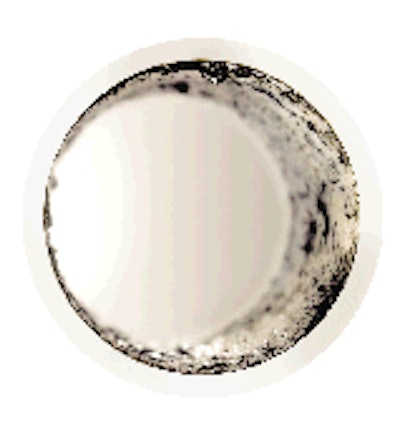
Veterinarians involved in egg production meet at each annual American Veterinary Medical Association (AVMA) Congress to review emerging health and management issues and diseases of concern. During the 2005 AVMA Congress, this breakfast session was attended by 30 veterinarians representing breeders, producers, academia and state diagnostic laboratories.
The 2005 discussion was dominated by the apparent high prevalence and severity of peritonitis syndrome in some operations. At the request of a number of company veterinarians in the Midwestern states, the University of Minnesota will conduct a survey among producers and diagnostic laboratories to ascertain the prevalence of the condition and to define epidemiologic characteristics. The objective is to identify causal factors associated with peritonitis which can be responsible for up to 7% losses in flocks.
Various pathogenic E. coli strains are invariably isolated from the peritoneum of affected birds which die but contributory factors have yet to be identified. There is speculation that high levels of dust, early immunosuppression, accumulation of E. coli in the biofilms of drinking water lines and breed susceptibility may be involved in initiating the infection.
The proposed FDA initiative to reduce the incidence rate of Salmonella enterica serotype Enteritidis (SE) infection among consumers also received attention. In contrast to the National Poultry Improvement Program, which is aimed at eradication of SE, the FDA approach would require on‑farm procedures and monitoring to reduce incidence rates in consumers. These modalities have been in effect for at least 5 years and are incorporated into various EQAPs. The major problem associated with the FDA monitoring protocol is deletion of secondary enrichment as a component of routine isolation of SE. The consequential reduction in sensitivity will result in false negatives. Harmonization of techniques and the possibility of introduction of molecular diagnostic procedures should be required before FDA regulations are issued.
Based on the comments of the attendees, there are few outstanding and common disease‑related problems in the commercial egg industry in the USA as Marek’s disease, infectious bursal disease, infectious bronchitis and laryngotracheitis appear to be controlled by a combination of biosecurity and effective vaccination. Emerging conditions including focal duodenal necrosis in mature laying flocks and coccidiosis, botulism and necrotic enteritis in floor-housed pullets are encountered on individual-farms. These erosive conditions respond to a combination of antibiotic therapy and rectifying deficiencies in management or operation of ventilation and vaccination equipment. Problems are still encountered in flocks managed according to organic rules which disallow administration of preventive or therapeutic compounds.

















